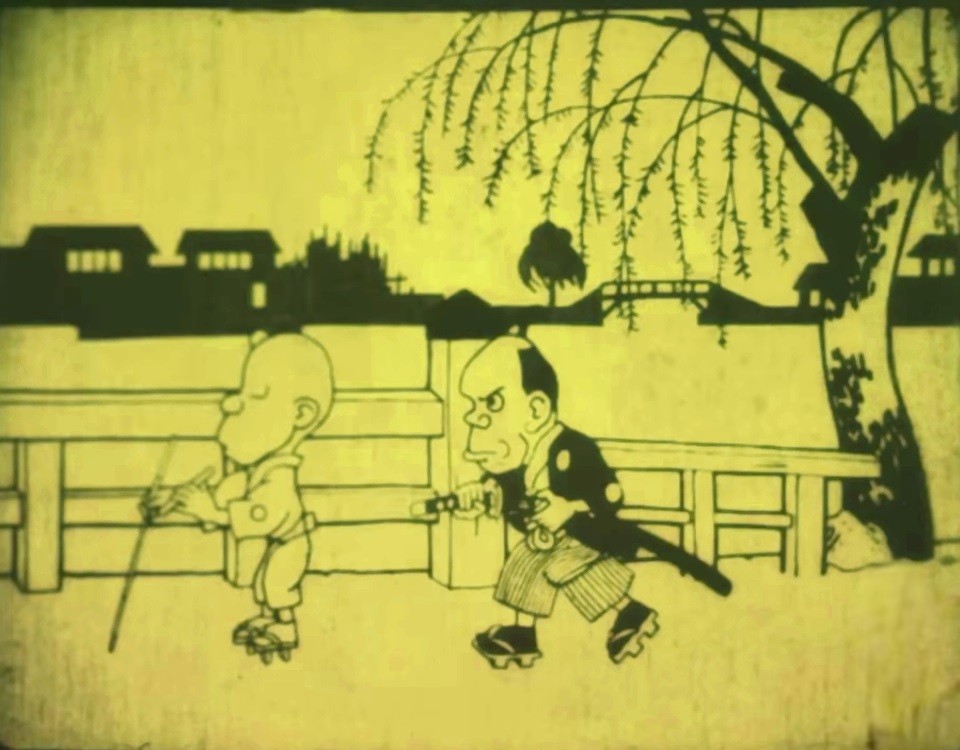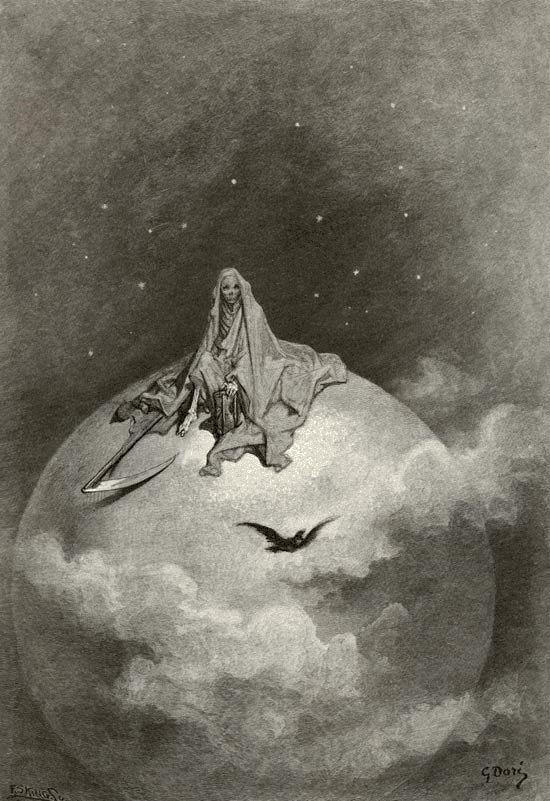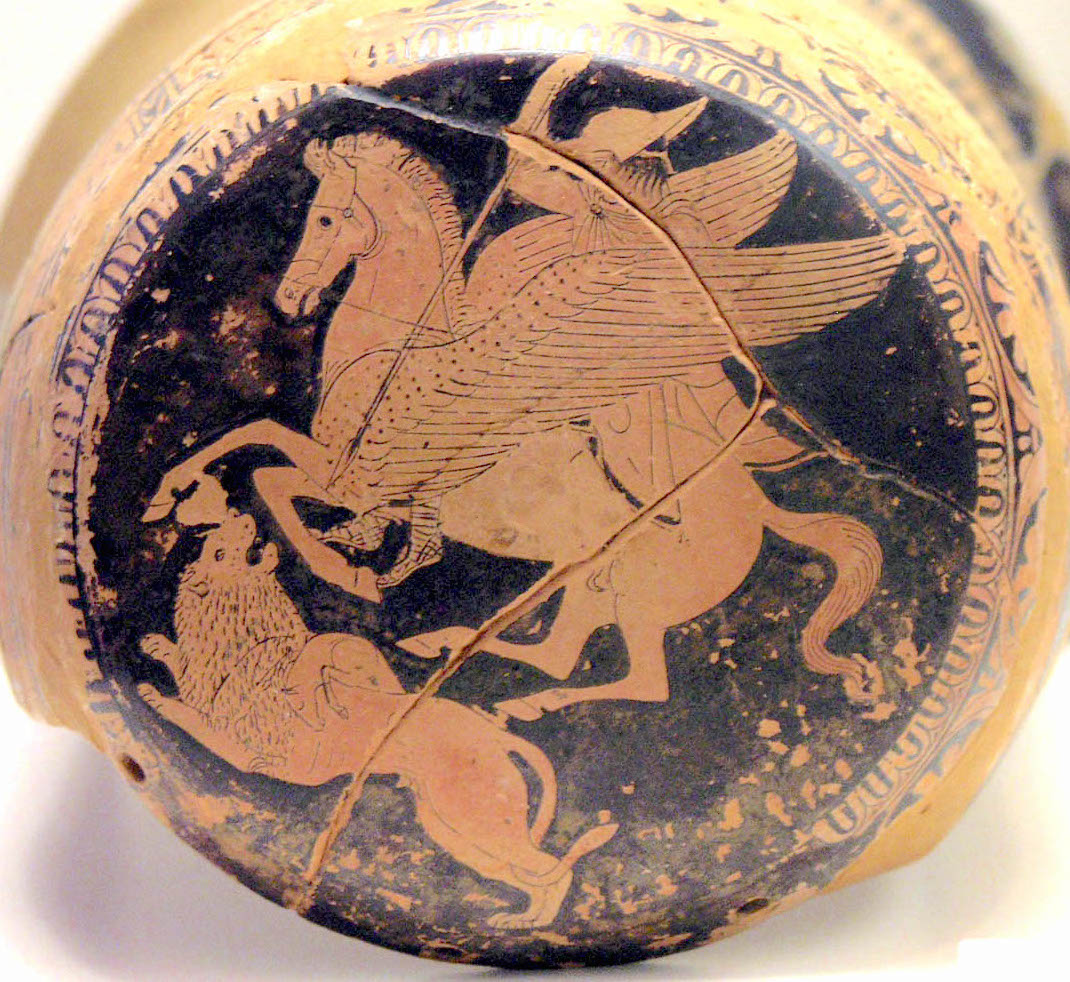|
Soul Eater (folklore)
A soul eater is a folklore figure in the traditional belief systems of some African people, notably the Hausa people of Nigeria and Niger. Belief in soul eaters is related to traditional folk beliefs in witchcraft, zombies, and related phenomena. The soul eater is supposedly able to consume an individual's spirit, causing a wasting disease that can be fatal; "the soul eater is a classical form of the cannibalistic witch". In Hausa belief, the desire and capacity for the practice, termed ''maita,'' is rooted in special stones kept in a person's stomach. The trait allegedly can be inherited from one's parents, or can be acquired from an existing practitioner. The soul eater can take the form of a dog or other animal in pursuit of his or her practice—a belief that connects with the beliefs in werewolves, werecats, selkies, and other were-creatures and human/animal beings found in world folklore. Another belief about soul eaters is that they are men who were cursed by witches and ... [...More Info...] [...Related Items...] OR: [Wikipedia] [Google] [Baidu] |
Hausa People
The Hausa (Endonym, autonyms for singular: Bahaushe (male, m), Bahaushiya (female, f); plural: Hausawa and general: Hausa; exonyms: Ausa; Ajami script, Ajami: ) are the largest native ethnic group in Africa. They speak the Hausa language, which is the second most spoken language after Arabic in the Afro-Asiatic language family. The Hausa are a diverse but culturally homogeneous people based primarily in the Sahelian and the sparse savanna areas of southern Niger and northern Nigeria respectively, numbering around 83 million people with significant indigenized populations in Benin, Cameroon, Ivory Coast, Chad, Sudan, Central African Republic, Republic of the Congo, Togo, Ghana, Eritrea, Equatorial Guinea, Gabon, Senegal and the Gambia. Predominantly Hausa-speaking communities are scattered throughout West Africa and on the traditional Hajj route north and east traversing the Sahara, with an especially large population in and around the town of Agadez. Other Hausa have also moved t ... [...More Info...] [...Related Items...] OR: [Wikipedia] [Google] [Baidu] |
Shapeshifting
In mythology, folklore and speculative fiction, shape-shifting is the ability to physically transform oneself through an inherently superhuman ability, divine intervention, demonic manipulation, sorcery, spells or having inherited the ability. The idea of shape-shifting is in the oldest forms of totemism and shamanism, as well as the oldest existent literature and epic poems such as the ''Epic of Gilgamesh'' and the ''Iliad''. The concept remains a common literary device in modern fantasy, children's literature and popular culture. Folklore and mythology Popular shape-shifting creatures in folklore are werewolves and vampires (mostly of European, Canadian, and Native American/early American origin), ichchadhari naag and ichchadhari naagin (shape-shifting cobras) of India, the huli jing of East Asia (including the Japanese ''kitsune'' and Korean ''kumiho''), and the gods, goddesses, and demons and demonesses like succubus and incubus and other numerous mythologies, s ... [...More Info...] [...Related Items...] OR: [Wikipedia] [Google] [Baidu] |
Video Game
Video games, also known as computer games, are electronic games that involves interaction with a user interface or input device such as a joystick, game controller, controller, computer keyboard, keyboard, or motion sensing device to generate visual feedback. This feedback mostly commonly is shown on a video display device, such as a TV set, computer monitor, monitor, touchscreen, or virtual reality headset. Some computer games do not always depend on a graphics display, for example List of text-based computer games, text adventure games and computer chess can be played through teletype printers. Video games are often augmented with audio feedback delivered through loudspeaker, speakers or headphones, and sometimes with other types of feedback, including haptic technology. Video games are defined based on their computing platform, platform, which include arcade video games, console games, and PC game, personal computer (PC) games. More recently, the industry has expanded on ... [...More Info...] [...Related Items...] OR: [Wikipedia] [Google] [Baidu] |
Anime
is hand-drawn and computer-generated animation originating from Japan. Outside of Japan and in English, ''anime'' refers specifically to animation produced in Japan. However, in Japan and in Japanese, (a term derived from a shortening of the English word ''animation'') describes all animated works, regardless of style or origin. Animation produced outside of Japan with similar style to Japanese animation is commonly referred to as anime-influenced animation. The earliest commercial Japanese animations date to 1917. A characteristic art style emerged in the 1960s with the works of cartoonist Osamu Tezuka and spread in following decades, developing a large domestic audience. Anime is distributed theatrically, through television broadcasts, directly to home media, and over the Internet. In addition to original works, anime are often adaptations of Japanese comics (manga), light novels, or video games. It is classified into numerous genres targeting various broad and nic ... [...More Info...] [...Related Items...] OR: [Wikipedia] [Google] [Baidu] |
Fantasy
Fantasy is a genre of speculative fiction involving magical elements, typically set in a fictional universe and sometimes inspired by mythology and folklore. Its roots are in oral traditions, which then became fantasy literature and drama. From the twentieth century, it has expanded further into various media, including film, television, graphic novels, manga, animations and video games. Fantasy is distinguished from the genres of science fiction and horror fiction, horror by the respective absence of scientific or macabre themes, although these genres overlap. In popular culture, the fantasy genre predominantly features settings that emulate Earth, but with a sense of otherness. In its broadest sense, however, fantasy consists of works by many writers, artists, filmmakers, and musicians from ancient mythology, myths and legends to many recent and popular works. Traits Most fantasy uses magic (paranormal), magic or other supernatural elements as a main Plot (narrative), ... [...More Info...] [...Related Items...] OR: [Wikipedia] [Google] [Baidu] |
Horror Fiction
Horror is a genre of fiction which is intended to frighten, scare, or disgust. Horror is often divided into the sub-genres of psychological horror and supernatural horror, which is in the realm of speculative fiction. Literary historian J. A. Cuddon, in 1984, defined the horror story as "a piece of fiction in prose of variable length... which shocks, or even frightens the reader, or perhaps induces a feeling of repulsion or loathing". Horror intends to create an eerie and frightening atmosphere for the reader. Often the central menace of a work of horror fiction can be interpreted as a metaphor for larger fears of a society. Prevalent elements of the genre include ghosts, demons, vampires, werewolves, ghouls, the Devil, witches, monsters, extraterrestrials, dystopian and post-apocalyptic worlds, serial killers, cannibalism, cults, dark magic, satanism, the macabre, gore and torture. History Before 1000 The horror genre has ancient origins, with roots in folk ... [...More Info...] [...Related Items...] OR: [Wikipedia] [Google] [Baidu] |
Iliad
The ''Iliad'' (; grc, Ἰλιάς, Iliás, ; "a poem about Ilium") is one of two major ancient Greek epic poems attributed to Homer. It is one of the oldest extant works of literature still widely read by modern audiences. As with the '' Odyssey'', the poem is divided into 24 books and contains 15,693 lines in its most widely accepted version, and was written in dactylic hexameter. Set towards the end of the Trojan War, a ten-year siege of the city of Troy by a coalition of Mycenaean Greek states, the poem depicts significant events in the siege's final weeks. In particular, it depicts a fierce quarrel between King Agamemnon and a celebrated warrior, Achilles. It is a central part of the Epic Cycle. The ''Iliad'' is often regarded as the first substantial piece of European literature. The ''Iliad'', and the ''Odyssey'', were likely written down in Homeric Greek, a literary amalgam of Ionic Greek and other dialects, probably around the late 8th or early 7th century BC. ... [...More Info...] [...Related Items...] OR: [Wikipedia] [Google] [Baidu] |
Homer
Homer (; grc, Ὅμηρος , ''Hómēros'') (born ) was a Greek poet who is credited as the author of the '' Iliad'' and the '' Odyssey'', two epic poems that are foundational works of ancient Greek literature. Homer is considered one of the most revered and influential authors in history. Homer's ''Iliad'' centers on a quarrel between King Agamemnon and the warrior Achilles during the last year of the Trojan War. The ''Odyssey'' chronicles the ten-year journey of Odysseus, king of Ithaca, back to his home after the fall of Troy. The poems are in Homeric Greek, also known as Epic Greek, a literary language which shows a mixture of features of the Ionic and Aeolic dialects from different centuries; the predominant influence is Eastern Ionic. Most researchers believe that the poems were originally transmitted orally. Homer's epic poems shaped aspects of ancient Greek culture and education, fostering ideals of heroism, glory, and honor. To Plato, Homer was simply t ... [...More Info...] [...Related Items...] OR: [Wikipedia] [Google] [Baidu] |
Bellerophon
Bellerophon (; Ancient Greek: Βελλεροφῶν) or Bellerophontes (), born as Hipponous, was a hero of Greek mythology. He was "the greatest hero and slayer of monsters, alongside Cadmus and Perseus, before the days of Heracles", and his greatest feat was killing the Chimera, a monster that Homer depicted with a lion's head, a goat's body, and a serpent's tail: "her breath came out in terrible blasts of burning flame." Bellerophon was also known for capturing the winged horse Pegasus with the help of Athena’s charmed bridle, and earning the disfavour of the gods after attempting to ride Pegasus to Mount Olympus to join them. Etymology One possible etymology that has been suggested is: Βελλεροφόντης (Bellerophóntēs) from Ancient Greek βέλεμνον (bélemnon), βελόνη (belóne), βέλος (bélos, "projectile, dart, javelin, needle, arrow") and -φόντης (-phóntēs, "slayer") from φονεύω (phoneúō, "to slay"). However, Geoffrey Kir ... [...More Info...] [...Related Items...] OR: [Wikipedia] [Google] [Baidu] |
Greek Mythology
A major branch of classical mythology, Greek mythology is the body of myths originally told by the ancient Greeks, and a genre of Ancient Greek folklore. These stories concern the origin and nature of the world, the lives and activities of deities, heroes, and mythological creatures, and the origins and significance of the ancient Greeks' own cult and ritual practices. Modern scholars study the myths to shed light on the religious and political institutions of ancient Greece, and to better understand the nature of myth-making itself. The Greek myths were initially propagated in an oral-poetic tradition most likely by Minoan and Mycenaean singers starting in the 18th century BC; eventually the myths of the heroes of the Trojan War and its aftermath became part of the oral tradition of Homer's epic poems, the '' Iliad'' and the '' Odyssey''. Two poems by Homer's near contemporary Hesiod, the '' Theogony'' and the '' Works and Days'', contain accounts of the genes ... [...More Info...] [...Related Items...] OR: [Wikipedia] [Google] [Baidu] |
Natchez People
The Natchez (; Natchez pronunciation ) are a Native American people who originally lived in the Natchez Bluffs area in the Lower Mississippi Valley, near the present-day city of Natchez, Mississippi in the United States. They spoke a language with no known close relatives, although it may be very distantly related to the Muskogean languages of the Creek Confederacy.Geoffrey Kimball, "Natchez" in ''Native Languages of the Southeastern United States'', ed. Janine Scancarelli and Hea ... [...More Info...] [...Related Items...] OR: [Wikipedia] [Google] [Baidu] |



_(14730388126).jpg)

_-_Homer_and_his_Guide_(1874).jpg)

